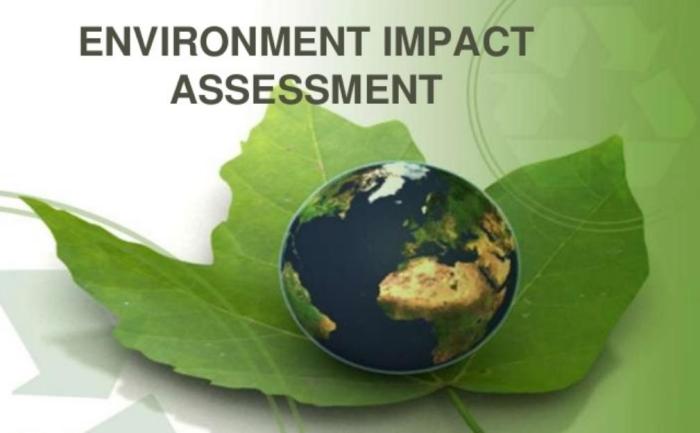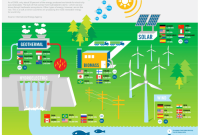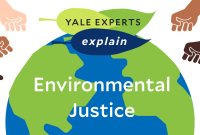Environmental Impact Assessments (EIAs) are cornerstones of responsible development, ensuring projects minimize environmental harm. This comprehensive guide delves into the importance of EIAs, exploring their components, applications, and best practices. By understanding the power of EIAs, we can harness them to foster a harmonious relationship between human activities and the natural world.
The Importance of Stakeholder Engagement
A key aspect of EIAs is stakeholder engagement. Identifying and involving all potentially affected parties – local residents, businesses, environmental groups, and government agencies – ensures their interests are considered. Public meetings, focus groups, surveys, and social media are valuable tools for fostering public participation and consultation. This collaborative approach minimizes negative environmental impacts and fosters community support for projects.

Applications of EIAs: From Infrastructure to Sustainable Development
EIAs are essential across various sectors. They are routinely conducted for infrastructure projects (roads, bridges, airports), industrial projects (factories, mines), energy projects (power plants, renewable energy facilities), and land development projects (residential subdivisions, commercial complexes).
In land-use planning, EIAs provide crucial information about potential environmental impacts of proposed developments. This empowers decision-makers to consider factors like natural resources, wildlife habitat, air and water quality, and scenic views when making informed choices about land use.
EIAs are equally significant for environmental management and sustainable development. They identify and mitigate potential environmental damage, ensuring projects are designed and implemented with minimal harm. By considering long-term environmental consequences, decision-makers can promote sustainable development and protect resources for future generations.
Best Practices for Effective EIAs
Transparency and objectivity are paramount for effective EIAs. Making all relevant data, assumptions, and methodologies publicly available fosters trust and credibility. Independent review by experts in relevant fields provides a fresh perspective, identifying potential biases and ensuring the assessment’s accuracy.
Emerging Trends and Innovations
The EIA field is constantly evolving. Geographic Information Systems (GIS) and remote sensing data are increasingly utilized to create maps, models, and collect information about environmental features. This aids in visualizing potential impacts and developing effective mitigation measures. Artificial intelligence (AI) is anticipated to play a significant role in automating tasks and improving assessment accuracy, while big data analytics will help identify trends in environmental data, leading to better prediction of potential impacts.
The Road Ahead: A Sustainable Future
By embracing best practices, addressing challenges, and incorporating new technologies, EIAs can remain powerful tools for responsible decision-making. Their continued effectiveness ensures projects minimize environmental harm, paving the way for a more sustainable future.
In Conclusion
Environmental Impact Assessments are indispensable for responsible development. They identify, assess, and mitigate potential environmental consequences, promoting informed decision-making and sustainable outcomes. As we navigate the complexities of development, EIAs provide a critical framework for ensuring a healthy environment for generations to come.



